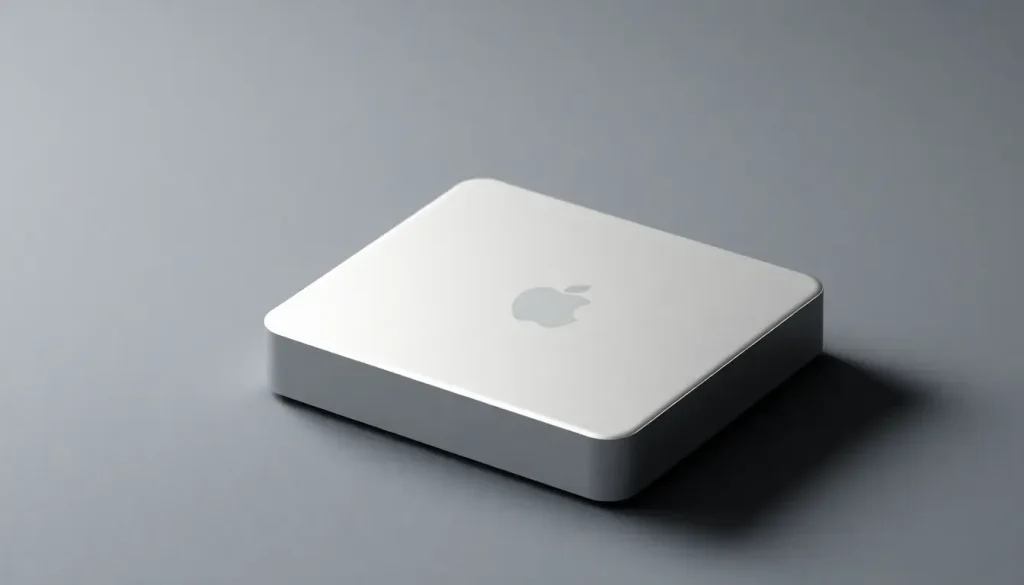Create a bootable external drive in macOS Tahoe

Creating a bootable external drive for macOS can be a crucial skill, especially if you want to safeguard your data or troubleshoot your Mac. With the introduction of macOS Tahoe, Apple's security measures have become stricter, making it essential to prepare your external drive properly. This guide will walk you through the necessary steps to create a bootable external drive for macOS Tahoe and highlight the critical changes introduced with this version.
- Understanding external bootable drives
- How to allow external startup drives
- Preparing the external drive for installation
- How to format an external drive on macOS Tahoe
- Obtaining the macOS Tahoe installer
- Installing macOS Tahoe on the external drive
- You now have an external startup disk with macOS Tahoe
- What to do next after installation
- Considerations for extended use of external drives
Understanding external bootable drives
An external bootable drive can serve as a safety net for your Mac, particularly if your internal drive experiences issues. While the SSDs used in modern Macs are less prone to failure compared to traditional hard drives, having an external bootable drive can still be invaluable when troubleshooting or when needing to access your files quickly.
However, with the increased focus on security, Apple has implemented measures that require specific actions to enable booting from external drives. This means that while the option exists, it necessitates a proactive approach from you, the user.
How to allow external startup drives
For users of Apple Silicon Macs, the process to allow booting from an external drive is straightforward but must be executed correctly. Here’s how you can enable your Mac to boot from an external drive:
- Shut down your Mac completely.
- Press and hold the power button until you see the startup options.
- Release the button when you see the drive options along with an Options section.
- Select Options and click Continue.
- Once in Recovery Mode, log in with a Mac user account.
- From the Utilities menu, choose Startup Security Utility.
- Select the internal drive and click Unlock.
- Follow the prompts to set your password and select Security Policy.
- In the new window, choose Reduced Security and click OK.
- Finally, select Shut Down from the Startup Disk menu.
After completing these steps, your Mac will be configured to use an external bootable drive. The next task involves preparing the external drive itself.
Preparing the external drive for installation
Not all external drives are suitable for use as bootable drives. It's best to avoid the cheapest flash drives and SD cards, as they often lack the required speed and reliability.
- Choose a drive that is known for its performance; ideally, opt for a single external SSD.
- RAID arrays or drives with multiple partitions will not work for booting.
- While spinning hard drives can be used, their reliability may be questionable.
- Always ensure that the drive you select meets the requirements of macOS Tahoe.
Before proceeding, remember that the formatting process will erase all data on the external drive. It is essential to back up any existing information on the drive. Consider also creating a backup of your internal drive, just in case something goes wrong during the process. Taking these precautions can save you from potential data loss.
How to format an external drive on macOS Tahoe
Once you have your external drive ready, follow these steps to format it:
- Connect the external drive to your Mac.
- Open Disk Utility found in Applications > Utilities.
- Carefully select your external drive from the list.
- Click on Erase.
- Assign a name to the drive.
- Select APFS from the dropdown menu.
- Click on Erase again to confirm.
Formatting should take only a few moments, especially on Apple Silicon Macs. Once completed, the drive is ready for the installation of macOS Tahoe.
Obtaining the macOS Tahoe installer
Unlike previous versions, Apple has changed how you can acquire the macOS Tahoe installer. While it was once available through the App Store, the current method requires using a Terminal command. Here’s how to fetch the installer:
Open Terminal and enter the following command:
softwareupdate --fetch-full-installer --full-installer-version 26.0
This command downloads the full installer to your Applications folder, typically resulting in an app named "Install macOS Tahoe" of approximately 17GB. It's wise to make a copy of this installer for future use, ensuring you don't have to download it again.
Installing macOS Tahoe on the external drive
With the external drive formatted and the installer downloaded, you're ready to install macOS Tahoe. Launch the installer and follow the prompts. Be sure to select the external drive as the installation destination before proceeding. The installation process may take a while, and you might see your Mac restart several times during this period.
You now have an external startup disk with macOS Tahoe
Congratulations! You now have a bootable drive with macOS Tahoe installed. However, the installation process may prompt you with questions about your location, Apple ID, and more. You can skip these by looking for a "Set Up Later" option. If the macOS Tahoe installer reopens unexpectedly, simply quit it.
What to do next after installation
Having a bootable external drive is only part of the solution. Here’s what you should do next:
- Attempt to boot from the external drive to ensure it functions correctly.
- If successful, set up your user account and log into an iCloud account.
- Reinstall any critical applications you need for your daily tasks.
This step is crucial to verify that your bootable drive works effectively. If it doesn’t, you may need to troubleshoot further. It’s also a good time to assess the performance of the external drive; if it feels slow, it may not meet your needs.
Considerations for extended use of external drives
While booting from an external drive can be a temporary solution in the event of internal drive failure, it’s not a long-term replacement. Apple’s prices for internal SSDs can be high, leading users to consider larger external drives for storage and backups. However, it’s essential to recognize that external drives should complement your internal storage, not replace it.
External drives can provide additional space for documents and files, and they can be handy for transferring data between multiple Macs. However, be mindful that relying solely on an external drive can lead to complications, especially if there are performance issues.
Ultimately, while Apple has made it more challenging to boot from external drives, this approach enhances security by preventing unauthorized access. By following the steps outlined above, you can confidently create a bootable external drive for macOS Tahoe that can assist you in various scenarios.
For a visual guide, you might find the following video helpful:



Leave a Reply